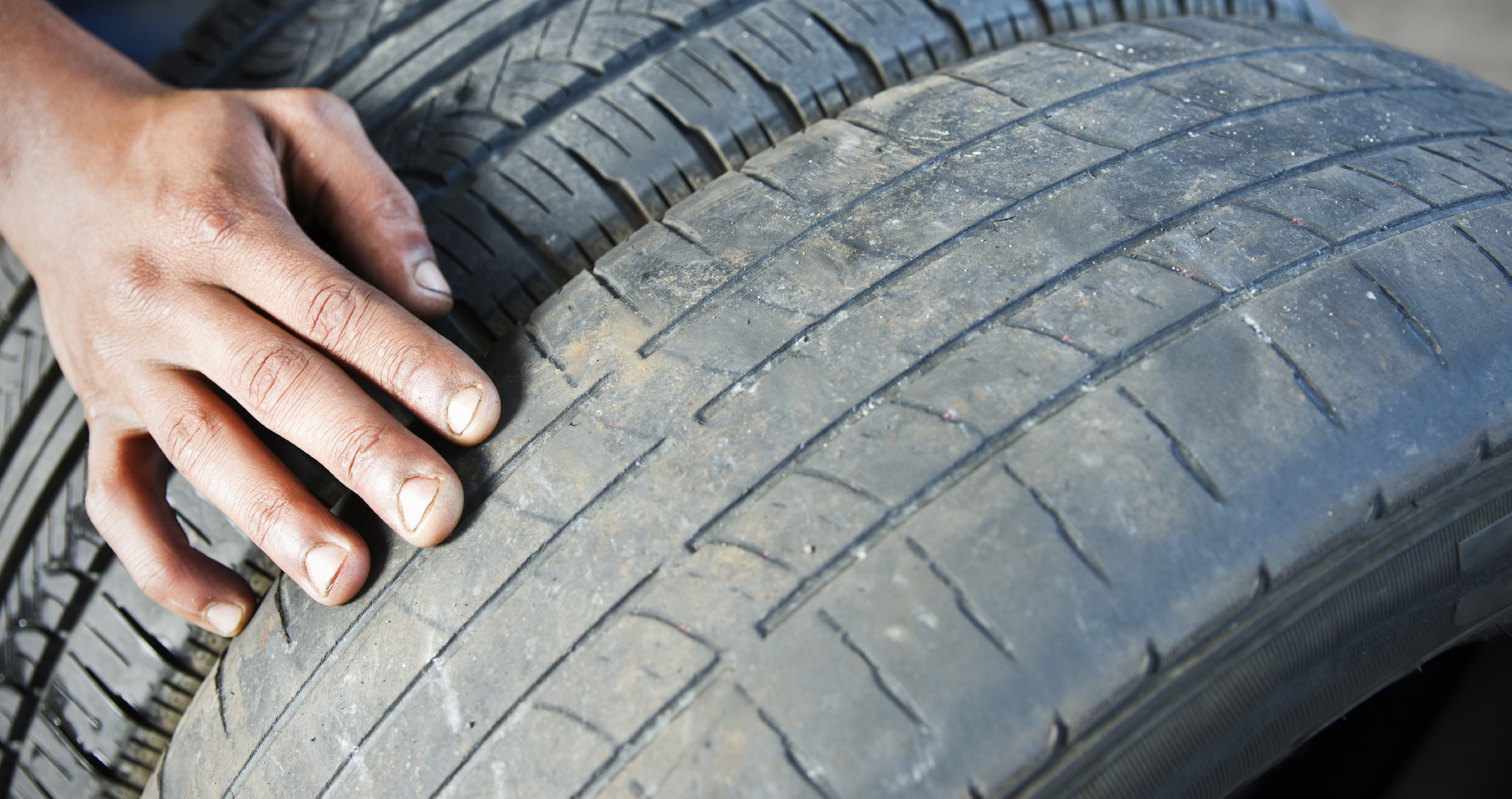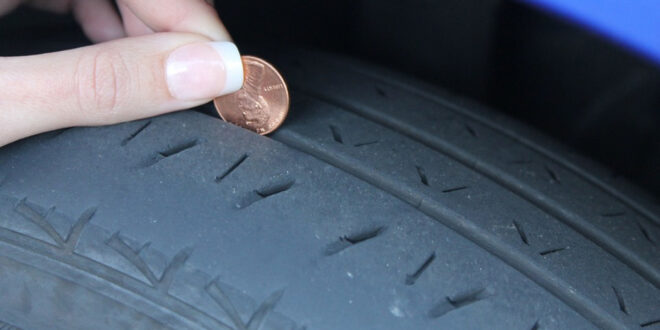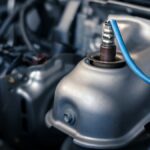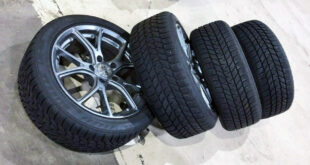Maintaining the life of your tires is an important part of safe and efficient driving. It’s important to understand how tire wear works, what causes it, and how to extend the life of your tires.
In this article, we will discuss why understanding tire wear and maintenance is so important, as well as share some tips on how to make sure you get the most out of every set. Well also take a look at common signs that indicate problems with your tires and when it might be time for a replacement.
So if youre looking for advice on maintaining the life of your tires, read on!
Signs of Tire Wear and Tips for Maintenance
When it comes to maintaining your tires, the most important thing is to understand signs of tire wear and how they affect the performance and safety of your vehicle. Worn tires can have a dramatic effect on braking, cornering, fuel economy, and even steering control.
So it’s important to be aware of common tire wear symptoms before they become an issue. The most obvious sign of tire wear is when the tread depth becomes too shallow or worn down over time.
This decreases grip on wet surfaces, as well as traction in snow or icy conditions. When inspecting your tires for tread depth look for bald spots that indicate uneven wear due to factors such as misalignment or overinflation/underinflation.
Unevenly worn tires will need replacing sooner than those with normal patterns of wear and tear. Another warning sign to watch out for when inspecting your car’s tires is cracking along the sidewalls caused by aging rubber compounds which can lead to blowouts if left unchecked.
Additionally, bulges in the sidewall are another major indicator that something may be wrong with the internal structure of a tire – this could mean there’s been damage from hitting a curb or pothole at speed – so you should take care not to drive on affected areas until inspected by a professional mechanic if you spot any irregularities like these during regular maintenance checks. To extend the life span of your car tires there are a few tips we recommend following: make sure all four wheels are rotated regularly (every 5-10 thousand miles); get wheel alignments done every 10-12 thousand miles; check air pressure levels monthly (including spare) according to ideal manufacturer settings; and use quality brand name products such as Michelin or Bridgestone rated for extended mileage performance – this will give you maximum value from each set bought throughout ownership!
Best Practices for Maximizing Tire Lifespan

Maintaining your vehicle’s tires is essential for keeping them in top shape and extending their lifespan. Here are some of the best practices to follow when it comes to maximizing the life of your tires:
1. Check tire pressure regularly – Make sure you check the air pressure in all four tires at least once a month, as under-inflated or over-inflated tires can lead to premature wear and tear.
2. Rotate your tires – Regularly rotating your car’s set of four will help ensure that each tire wears evenly and lasts longer overall. It also helps balance out any differences in driving conditions on either side of the vehicle, such as left turns versus right turns or hill climbing versus downhill driving.
3. Monitor alignment & suspension – To keep even tread wear on all four tires, periodically inspect wheel alignment and suspension components like shocks, struts, tie rods, and ball joints for signs of damage or malfunctions that could cause an imbalance while driving or cornering hard around curves at high speeds.
4. Avoid abrupt acceleration/deceleration – Sudden speed changes can cause uneven strain across different sections of the tire resulting in unnecessary wear along certain parts more than others. It’s important to gradually accelerate and decelerate when possible so that all areas experience equal contact with the road surface over time instead of being subjected to sudden forces from rapid speed changes
Inspecting Tires Regularly to Monitor Wear
Maintaining tire wear is essential to extend the life and performance of your tires. Inspecting your tires regularly can help you spot any signs of premature wear or damage before it becomes a bigger issue.
When inspecting, look for signs like uneven tread depth and pattern, cracking sidewalls, bulges, or blisters which may indicate air loss. Additionally, check the pressure on each tire with a reliable tire gauge and make sure that all four are inflated evenly as per the manufacturer’s recommended settings.
If they appear too low or high then this could be another sign of an underlying issue such as faulty valve stems or leaks. It’s also important to rotate your tires at least every 6 months so that both sets have even levels of wear throughout their lifespan.
This will ensure that no one set wears down faster than the other while providing better overall traction when driving on wet roads or icy surfaces due to improved grip from having more rubber contact with the road surface. Finally, if you notice any abnormal patterns during inspection like cupping (uneven patches) then make sure to get them checked out by a professional mechanic who can diagnose whether there’s something wrong with the suspension system causing poor alignment on your car wheels which would lead to further issues later on if left untreated.
Understanding the Effects of Inflation on Tire Wear

When it comes to understanding the effects of inflation on tire wear, there are a few facts that need to be considered. As tires age, their tread starts to break down due to natural wear and tear.
Inflation also affects the rate at which tires will degrade over time; when tires are underinflated, they create more friction between themselves and the road surface, resulting in increased degradation rates compared with properly inflated tires. Additionally, overinflated tires may cause premature wear in certain areas due to increased contact pressure being concentrated into small sections of the tire’s tread pattern or sidewall.
By taking preventative measures such as regularly checking your car’s tire pressure levels and rotating your wheels regularly you can help extend the life of your tires and reduce their risk for early degradation from inflation-related issues.
Conclusion
Tire wear and maintenance are important factors for extending the life of your tires. Taking the necessary steps to ensure proper inflation, rotation, and alignment can help maximize tire performance and reduce premature wear.
Regular inspections should also be conducted to identify any signs of damage or excessive tread wear. By following these simple tips and investing in quality Tema Accra Car tyres, you can make sure your car is always running safely on a reliable set of wheels.
 Howl Movie
Howl Movie


